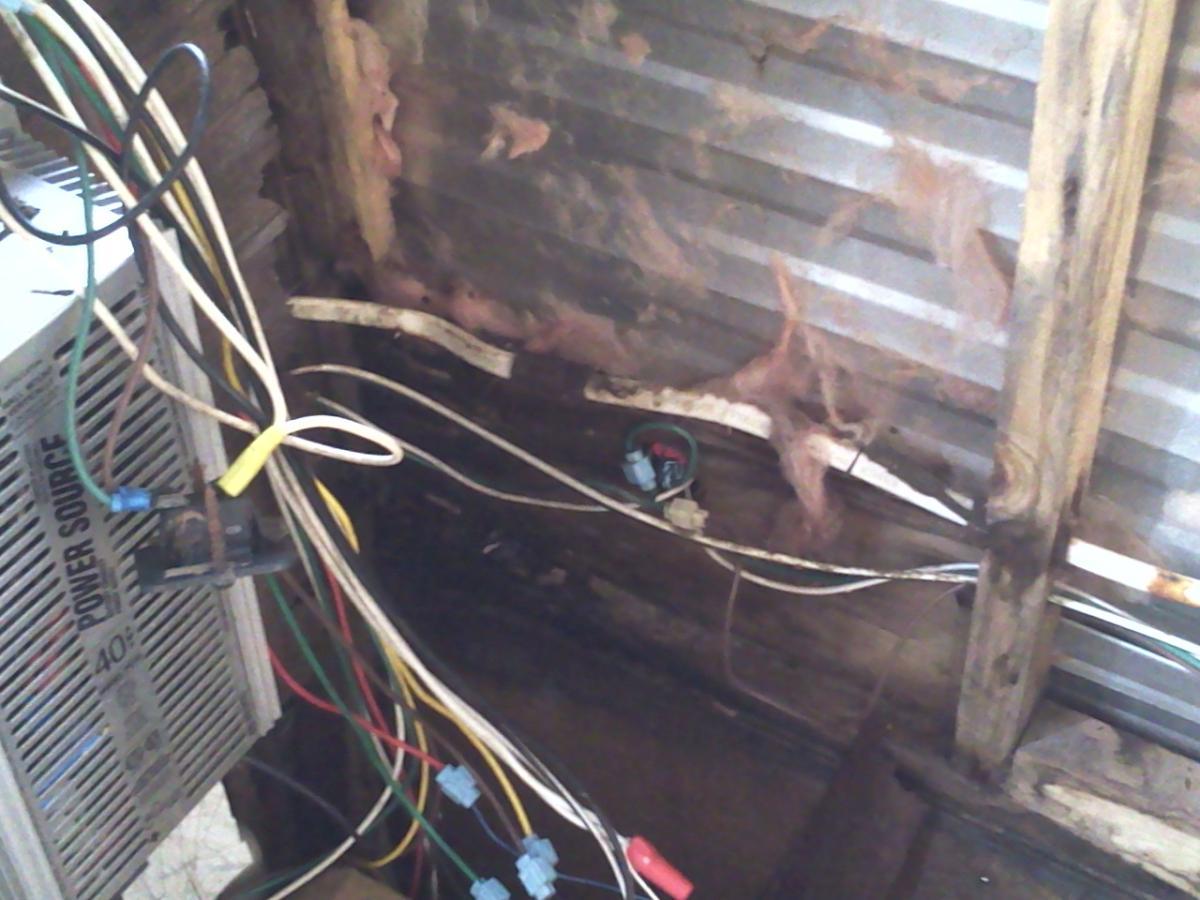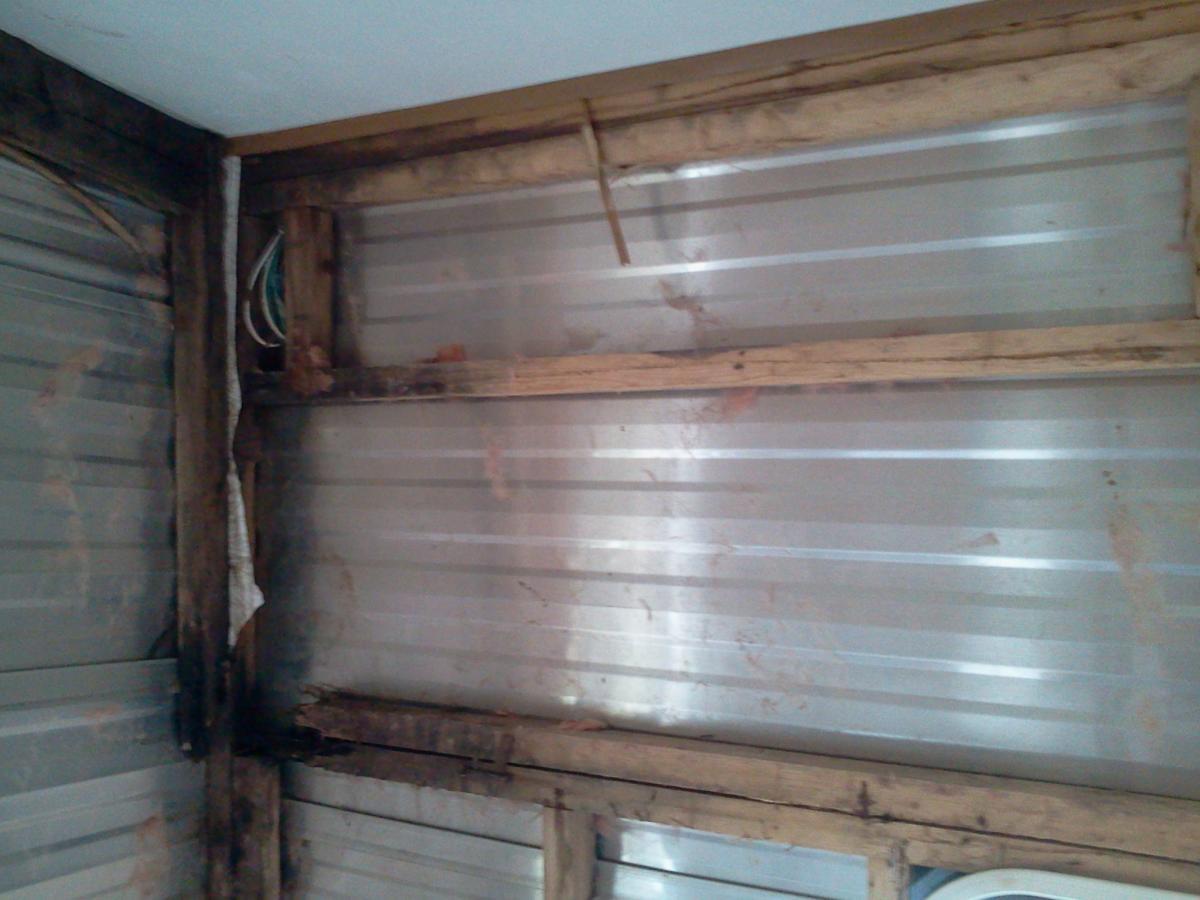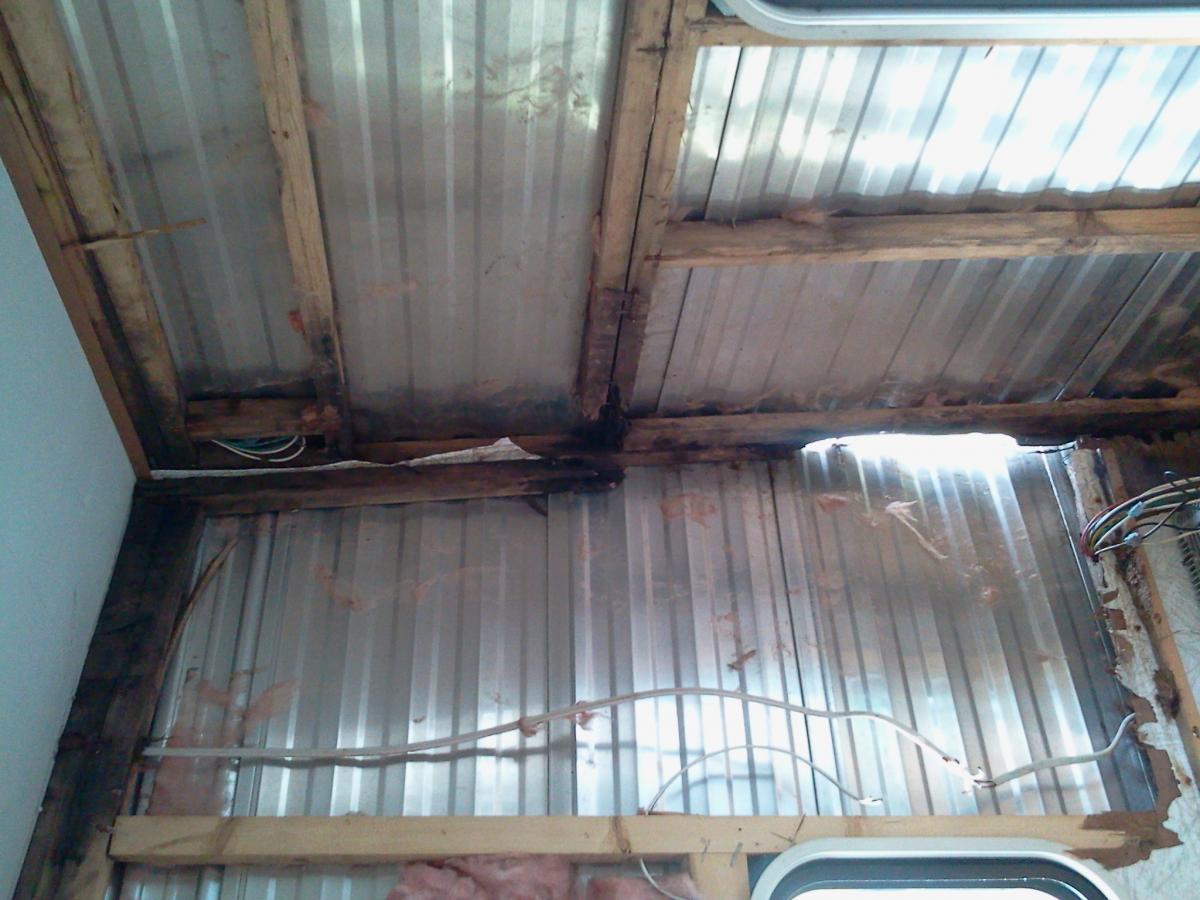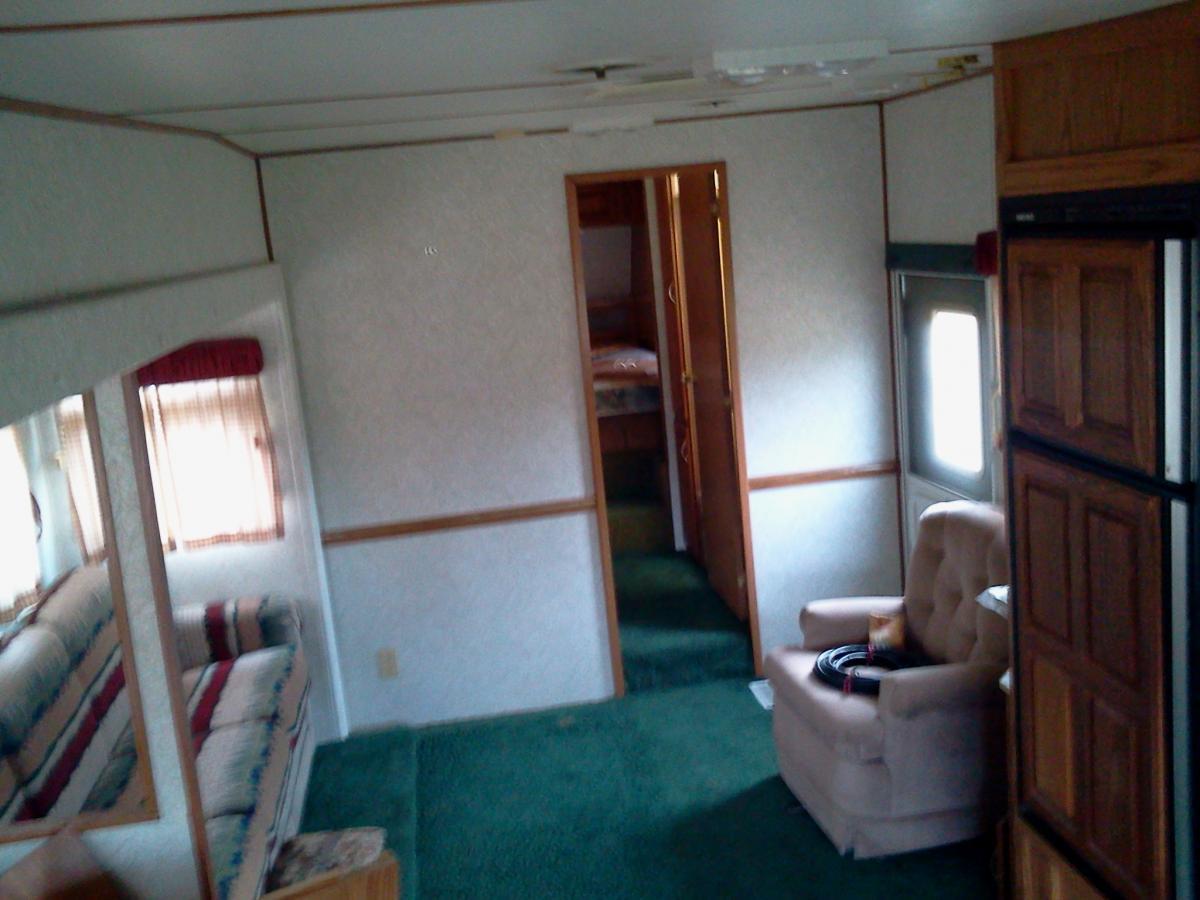Welcome To Mopar1973Man.Com LLC
We are privately owned, with access to a professional Diesel Mechanic, who can provide additional support for Dodge Ram Cummins Diesel vehicles. Many detailed information is FREE and available to read. However, in order to interact directly with our Diesel Mechanic, Michael, by phone, via zoom, or as the web-based option, Subscription Plans are offered that will enable these and other features. Go to the Subscription Page and Select a desired plan. At any time you wish to cancel the Subscription, click Subscription Page, select the 'Cancel' button, and it will be canceled. For your convenience, all subscriptions are on auto-renewal.
- Replies 151
- Views 24.7k
- Created
- Last Reply
Top Posters In This Topic
-
 AH64ID 62 posts
AH64ID 62 posts -
 Mopar1973Man 24 posts
Mopar1973Man 24 posts -
 flagmanruss 24 posts
flagmanruss 24 posts -
joecool911 13 posts
Featured Replies
Did This Forum Post Help You?
Show the author some love by liking their post!
Welcome To Mopar1973Man.Com LLC
We are privately owned, with access to a professional Diesel Mechanic, who can provide additional support for Dodge Ram Cummins Diesel vehicles. Many detailed information is FREE and available to read. However, in order to interact directly with our Diesel Mechanic, Michael, by phone, via zoom, or as the web-based option, Subscription Plans are offered that will enable these and other features. Go to the Subscription Page and Select a desired plan. At any time you wish to cancel the Subscription, click Subscription Page, select the 'Cancel' button, and it will be canceled. For your convenience, all subscriptions are on auto-renewal.






Looking for some more idea's for RV mods, from simple to expansive. What I have done..Home digital thermostat non-skid in all compartments, planning on doingWater tank accumulator, 1" high pressure propane connections under frame rail, A/C hard start capacitor SPP6E, dual 12v's, (6's don't fit :banghead:)